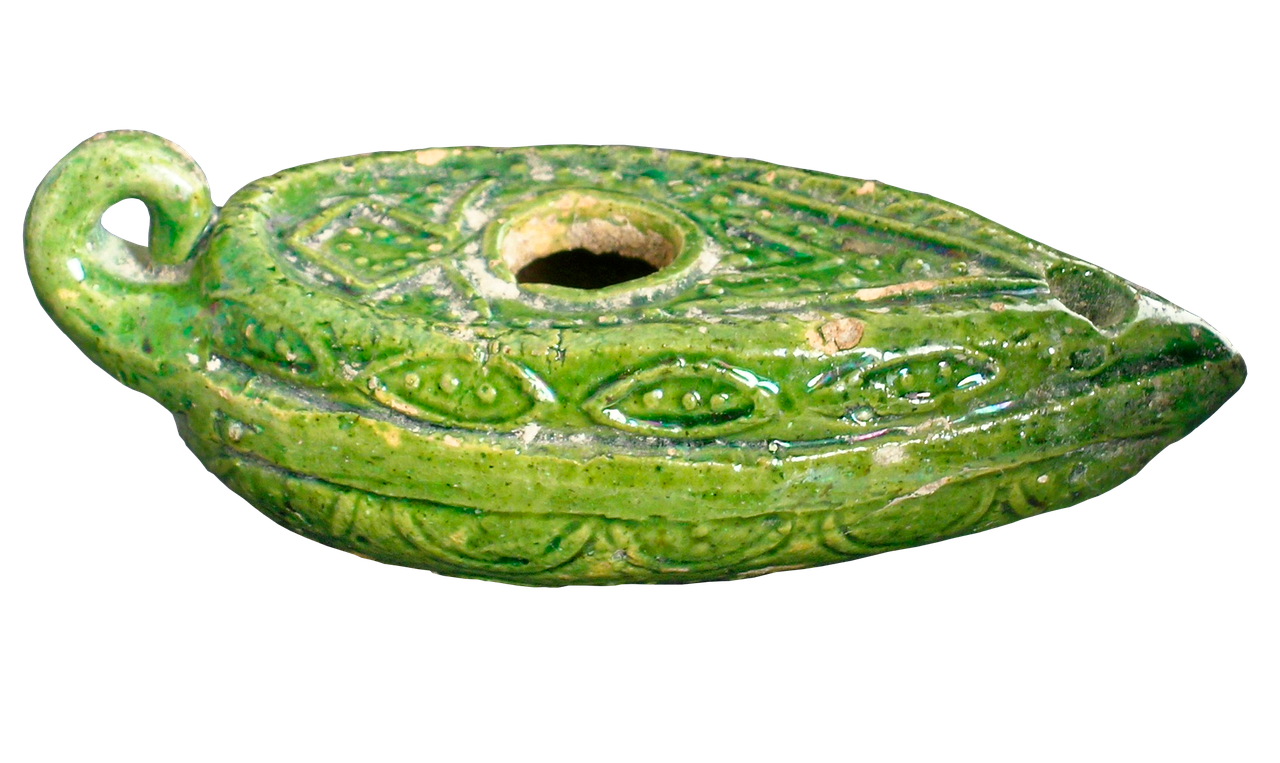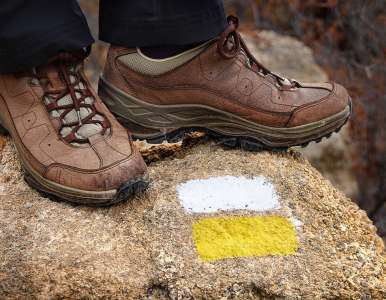Cyprus is a small island nation with a big history. Over the centuries, it has been controlled by a number of different powers, each leaving its own indelible mark on the island’s culture and identity. From the ancient Greeks to the British Empire, Cyprus has been shaped by a complex web of political and cultural influences.
Today, Cyprus remains a divided country, with a complex political situation that is deeply rooted in its history. Despite these challenges, Cyprus has emerged as an important member of the European Union, playing a vital role in the region’s economic and strategic landscape. In this article, we will delve deeper into the rich history and culture of Cyprus, exploring its political divisions and its current role on the world stage.
The Early History of Cyprus
Cyprus, an island nation in the Mediterranean Sea, has a history that spans thousands of years. Evidence shows that human settlements were established on the island during the Neolithic era, around 7000 BC. Over the years, various civilizations, including the Mycenaeans, Phoenicians, and Persians, have inhabited the island. These cultures established their cultural and economic influence on the island, shaping the unique identity that exists in modern-day Cyprus.
The Mycenaeans established settlements on the island during the Bronze Age, and the Phoenicians arrived later, bringing with them their trading networks. The Persians took control of Cyprus in 545 BC and ruled for over 200 years. Under Persian rule, the island became an important administrative center and commercial hub, and it prospered economically.
The island’s fascinating early history is evidenced by its numerous archaeological sites, which provide insight into the various cultures and civilizations that have called Cyprus home throughout its long and rich history.
The Greek Era
The Greek era of Cyprus dates back to the conquest of the island by Alexander the Great in 333 BC. Under Greek rule, the island flourished, and Greek culture and traditions became deeply embedded in Cypriot society. The island remained under Greek control for several centuries until it was incorporated into the Roman Empire in 58 BC.
Under Roman rule, Cyprus continued to flourish, and the island saw significant economic growth. The Romans established trade routes and developed the island’s infrastructure, building roads, aqueducts, and public buildings. The island remained under Roman rule until the 4th century AD when the Byzantine Empire took control.
The Byzantine era of Cyprus saw the construction of many important religious buildings, including the St. Hilarion Castle. The island also became a center of learning, with scholars from all over the eastern Mediterranean coming to the island to study at its renowned schools and universities.
The Ottoman Era
After the Byzantine Empire fell, Cyprus came under the control of the Ottomans for three centuries. The Ottoman rule brought an increase in population as people fleeing the oppression of the Empire found refuge on the island. The Ottomans transformed the island’s administration and introduced significant changes to its economy. They encouraged the production of crops like cotton and tobacco and also created new businesses. However, the Ottomans had a significant impact on Cyprus’s political and social structure. They restricted the Christians’ freedom and heavily taxed them. Sadly, this period marks a time of suffering for many Cypriots, and the island’s society faced significant challenges.
The British Era
The British Era of Cyprus began in 1878 after the Ottoman Empire had leased the island to Great Britain. The British colonial rule lasted for over 80 years until Cyprus gained its independence in 1960. During this period, the British developed the infrastructure of the island, building roads, railways, and ports which helped the economy grow. They also introduced new industries and technologies; the British introduced electricity in 1901 and telephone communications in 1906.
British rule brought significant changes and improvements to the people of Cyprus. The introduction of modern agriculture techniques brought about a revolution in the agriculture sector. The British also established a modern education system that led to increased literacy and education levels among the people. The Cypriot people, on the other hand, struggled with poverty and unemployment due to exploitation and taxes by the British.
- The British constructed Nicosia Airport in 1935, which increased tourism and boosted the economy
- The colonial government also established the British Broadcasting Corporation (BBC) in 1948, providing new sources of information for the Cypriot people
- The British period also led to Cypriot participation in World War I and World War II.
The Division of Cyprus
After Cyprus gained independence in 1960, tensions between the Greek and Turkish communities on the island began to mount. The main bone of contention was the constitutional status of the island. The Greek Cypriots sought to establish a unitary state with full control over the island, while the Turkish Cypriots demanded a federal system with two autonomous regions. Negotiations between the two communities didn’t yield any results, and in 1974, Turkey invaded the island in response to a Greek-inspired coup.
By the end of the invasion, Turkey had established a separate Turkish-controlled area in the north of the island. Over the years, the Turkish Cypriots declared the area as the Turkish Republic of Northern Cyprus, but the only country that recognizes it as a state is Turkey. The rest of the world recognizes the Republic of Cyprus as the legitimate government of the island, controlling the southern part of the island. Today, tensions between the two communities remain high, and efforts to reunite the island have so far been unsuccessful.
Cyprus Today: A Member of the European Union
Despite its complex political situation with a divided country, Cyprus has managed to become an important economic and strategic partner for the European Union. By joining the EU in 2004, Cyprus has been able to benefit from its membership and participate in the EU’s decision-making process.
Cyprus has a lot to offer visitors, with its stunning beaches, rich history, and unique culture. Its location in the Mediterranean makes it an ideal destination for those seeking warm weather and beautiful scenery. The island is also home to several UNESCO World Heritage Sites, including the ancient city of Paphos and the painted churches of the Troodos Mountains.
In recent years, the Cypriot government has focused on developing the tourism sector, with significant investments in the industry. This has led to an increase in the number of visitors and improved infrastructure to support them. Additionally, the country has made efforts to promote sustainable tourism in order to preserve its natural and cultural resources.
- Beautiful beaches
- Rich history
- Unique culture
- UNESCO World Heritage Sites
- Tourism development and promotion of sustainable tourism
Overall, Cyprus is an important member of the European Union with a unique history and culture. Despite its political problems, the island nation has managed to thrive as a popular tourist destination and a strategic partner for the EU.
FAQs about Cyprus
If you’re planning a trip to Cyprus or want to learn more about this fascinating island nation, you may have some questions. Here are some of the most frequently asked questions about Cyprus:
- Q: What languages do people speak in Cyprus?
- Q: What is the currency of Cyprus?
- Q: What is the climate like in Cyprus?
- Q: Can I travel between the northern and southern parts of Cyprus?
- Q: What are some popular tourist attractions in Cyprus?
A: The official languages of Cyprus are Greek and Turkish, but English is widely spoken throughout the island.
A: The currency of Cyprus is the Euro.
A: Cyprus has a Mediterranean climate, with hot, dry summers and mild, wet winters.
A: Yes, it is possible to travel between the two parts of the island, but you will need to pass through a checkpoint and present your passport.
A: Popular tourist attractions in Cyprus include the ancient city of Kourion, the Tombs of the Kings, and the beautiful beaches of Ayia Napa.
Q: What languages do people speak in Cyprus?
Cyprus has two official languages: Greek and Turkish. Greek Cypriots make up around 77% of the population and speak Greek as their native language, whereas Turkish Cypriots make up around 18% of the population and speak Turkish as their native language.
Aside from Greek and Turkish, English is also widely spoken on the island, particularly in tourist areas and in business settings. Many Cypriots also speak other languages, such as Russian, due to the large number of Russian tourists and residents on the island.
Overall, language is an important part of Cypriot culture and history, reflecting the island’s long and complex history of outside influence and political control.
Q: What is the currency of Cyprus?
One of the benefits of Cyprus being a member of the European Union is the use of the Euro as its currency. The Euro is the official currency of the Republic of Cyprus, and it replaced the Cyprus pound in 2008. Since then, prices for goods and services in Cyprus have been quoted in Euros, and all transactions are conducted using the Euro. The Euro is widely accepted throughout the island, and exchange bureaus can be found at airports and tourist areas for those who need to exchange other currencies for Euros. This makes traveling to Cyprus much easier for European visitors, as they do not need to worry about exchanging their currency for local currency.
Q: What is the climate like in Cyprus?
Cyprus has a typical Mediterranean climate, with long, hot, and dry summers and mild, wet winters. The summer months, from June to September, are usually the hottest with temperatures averaging around 30°C (86°F). It is essential to stay hydrated during this season and avoid the hottest part of the day, which is generally between 11 am to 3 pm.
Winter in Cyprus is mild compared to other European destinations, with average temperatures around 16°C (61°F) during the day. However, the island does receive some rainfall during the winter months, which is necessary to sustain the island’s flora. The best time to visit Cyprus is in the spring, between March and May, when temperatures are mild, and the island is in full bloom.
If you plan to visit during the summer months, make sure to pack light, breathable clothing and use sunscreen to protect yourself from the strong sun. During the winter months, a light jacket or sweater should be sufficient.
Q: Can I travel between the northern and southern parts of Cyprus?
Yes, it is possible to travel between the northern and southern parts of Cyprus, but you will need to pass through a checkpoint and present your passport. The island is divided by a United Nations-controlled buffer zone, which is roughly 180 km long and separates the Republic of Cyprus from the Turkish Republic of Northern Cyprus. The checkpoints are located at various places along the buffer zone, and you can cross at specific times during the day.
It’s important to note that there are restrictions on what you can bring with you or take out of the northern part of the island. Some items, including meat products and firearms, are strictly prohibited, and you’ll need to declare any goods you purchase in the northern part of the island when you cross back into the south. Also, if you’re driving, make sure to have the appropriate insurance coverage for both parts of the island.
Q: What are some popular tourist attractions in Cyprus?
Cyprus is a popular tourist destination due to its rich history and unique culture, as well as its beautiful beaches and warm climate. Some of the most popular tourist attractions in Cyprus include the ancient city of Kourion, a stunningly preserved Greco-Roman city, with an amphitheater that dates back to the 2nd century BC. Visitors can also explore the Tombs of the Kings, a UNESCO World Heritage site, which is an underground necropolis featuring ornate tombs carved out of solid rock.
Cyprus is also renowned for its beautiful beaches, and one of the most popular destinations is the resort town of Ayia Napa, located on the eastern coast of the island. Ayia Napa features gorgeous sandy beaches and crystal-clear waters, perfect for swimming, snorkeling, and other water sports. Additionally, the town is known for its lively nightlife, with numerous bars, restaurants, and clubs catering to visitors from around the world.
- Ancient city of Kourion
- Tombs of the Kings
- Beaches of Ayia Napa
Regardless of your interests, Cyprus offers something for everyone. Whether you’re interested in history and culture, outdoor activities, or just relaxing on the beach, this Mediterranean island is sure to delight and inspire you.
Conclusion
Cyprus is one of the most interesting destinations in the Mediterranean region. With over 7000 years of history, the island has experienced various civilizations, including the Greeks, Romans, Ottomans, and British. Today, Cyprus is a divided nation, with the southern part of the island controlled by the Republic of Cyprus and the northern part controlled by the Turkish Republic of Northern Cyprus.
Despite its troubled past, Cyprus has become an important partner of the European Union, and a significant contributor to the region’s economic and political stability. The island’s strategic location and rich culture make it an attractive destination for visitors from around the world. As Cyprus continues to grapple with its complicated history and uncertain future, it remains one of the most fascinating destinations in the world, offering a unique blend of history, culture, and natural beauty.






